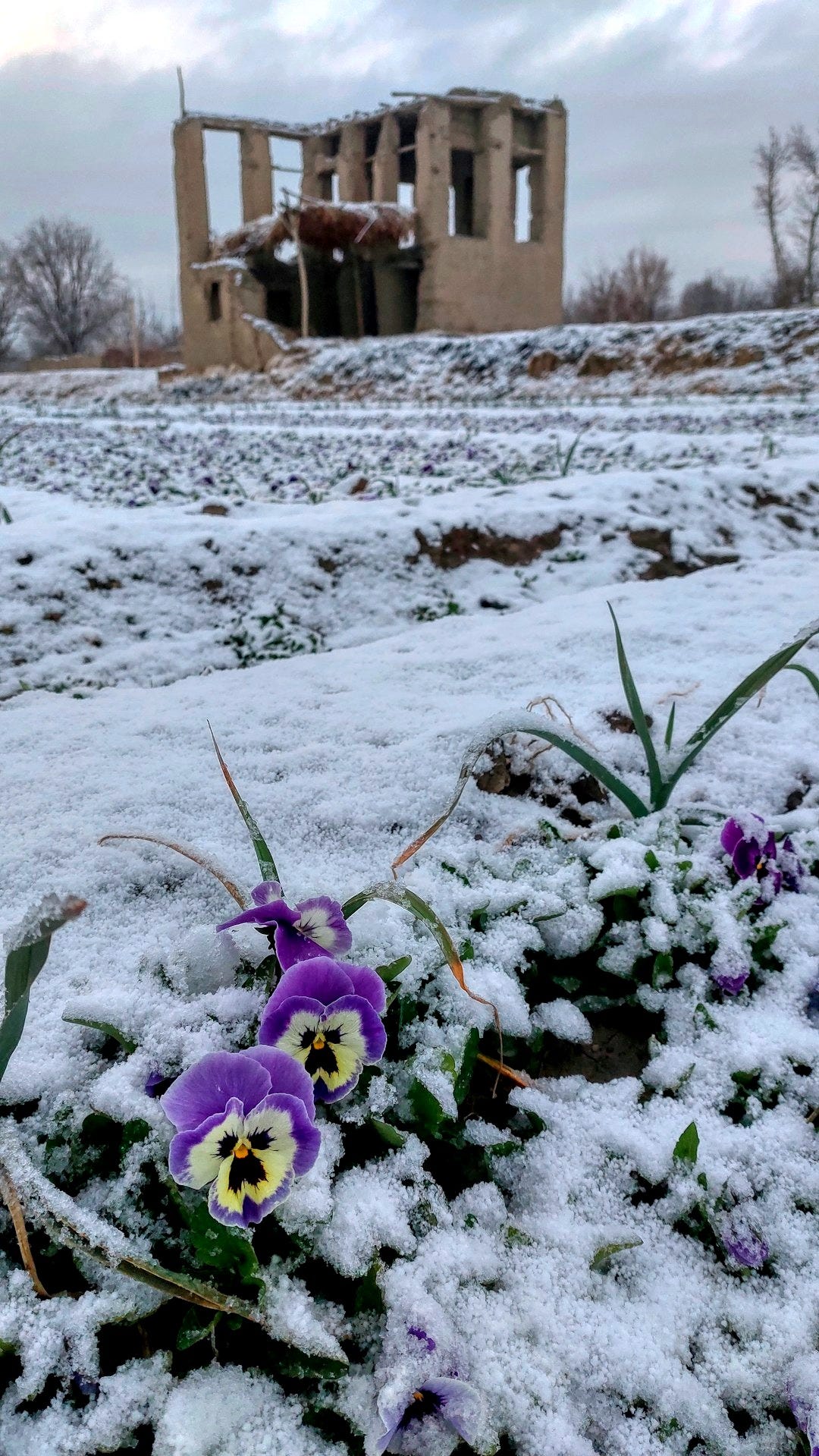
“It was the best of times, it was the worst of times, it was the age of wisdom, it was the age of foolishness … it was the spring of hope, it was the winter of despair, we had everything before us, we had nothing before us, we were all going direct to Heaven, we were all going direct the other way--in short, the period was so far like the present period, that some of its noisiest authorities insisted on its being received, for good or for evil, in the superlative degree of comparison only.”
~ Charles Dickens
*Chuckle
When I read the opening paragraph to A Tale of Two Cities, I’m struck by how well Dickens captures the purveying situation of humanity. It’s been 165 years since he published his classic, and I could use the same paragraph to describe today’s social situation — even when it comes to my personal experience in homesteading.
Homesteading is the best.
Homesteading is the worst.
Homesteading highlights hope.
Homesteading highlights despair.
In a very tangible way, homesteading highlights life’s extremes. Where there’s abundant life, there’s the risk of abundant loss. That’s one reason why homesteading is hard.
This past summer has produced both wins and losses for us at Dellview. For starters, our new garden produced a ton of squash and tomatoes this year!
But when I tried to preserve our nearly-overwhelming tomato harvest, I wound up losing two out of five quarts of tomatoes to compromised jar seals. (I have not yet mastered home-canning, and it wounds my soul to have to throw out food — especially food I’d invested so much time and trouble tending.) That’s a 40% failure rate.
On the animal front, our pig, Ernestine gave birth to five healthy piglets!
But we lost one to a predator within the first 48hrs or so. And after I’d “fixed” the farrowing pen to prevent any more escapees, I returned home to find Ernestine had inadvertently rolled the 12’ x 6’ enclosure over three of the four remaining piglets. We’d lost 80% of our new arrivals in less than a week. 80%!!! If this had been a math test, we’d be miserable failures … and that’s pretty much what I felt like.
On top of this, there were several unexpected losses in our chicken flock this summer. After allowing the first round of this year’s chicks to free range too early (they wandered away and never returned), we invested in more chicks and kept them in the outdoor coop for a week to help them understand where “home base” was. Hurray for learning from mistakes!
When we finally released the chicks to free range, we started losing some of them to disease instead, however. This was especially difficult for my youngest daughter who has a lovely mothering disposition. For a while, she kept saying things like, “My favorites always die.”
:(
My favorite sweet-boy rare-breed French Black Copper Marans rooster, Reginald, also mysteriously disappeared one morning. And we even lost a chicken to our new golden retriever, Tetley, who apparently has a more developed hunting sense than our dopey retriever, Chai. Tetley is now only allowed to run in the yard when the chickens are locked up in the paddock. (Whoo hoo. Learning from mistakes …)
But on the upside, our mini jersey, Lyric, is FINALLY pregnant! For those of you who haven’t heard our mini-cow drama, here’s a quick recap:
Instead of spending several hundred dollars on a regular-sized cow which would give us unmanageable amounts of milk (8-10 gallons a day from a typical black and white Holstein), we spent a few thousand dollars on a fru fru mini-jersey. This popular homestead cow would still give us plenty of milk when she calved (about 3 gallons a day) and eat half as much as a regular cow. So in the long run — especially when factoring in herd-share revenue to supplement feed costs, the ability to use extra milk to feed livestock, the nutritional health benefits of drinking fresh raw milk as a family, and the recouped initial investment when selling the calf — it seemed like a good idea.
There was one problem — our “bred” cow turned out not to be pregnant. Thankfully, the breeder agreed to swap her out for a younger heifer who was starting to develop an udder — a pretty decent sign of pregnancy. Plus we won out because this new cow was not only smaller than the first, but also sweeter by far.
Months passed, but no calf arrived. Turns out, the young cow must have miscarried. Thus began an expensive year-long process of trying to get her rebred via artificial insemination (AI). It had taken SEVEN attempts, and I’d used my final AI supplies when we at last got the news my cow was pregnant! What’s more, she’s now producing 3/4 of a gallon of milk at each milking, which means we can share what we don’t drink with others through our herd-share program.
Life as a homesteader, it seems, is prone to seasons of physical and emotional extremes.
There are times when chicks hatch; there are times when chicks die. Some seeds sprout, some seeds rot. And sometimes something eats the sprouts before they can produce fruit. There are times when my feet are up as I watch my animals happily graze. There are times when I’m shouting at the same animals for being on the wrong side of the fence.
Homesteading is peace.
Homesteading is havoc.
Homesteading is freedom.
Homesteading is slavery.
Homesteading is wisdom.
Homesteading is nuts!
If I based my value and security on the success or failure of my homestead, I would be a nervous wreck. Any life foundation based on my own efforts is shifting sand at best as most things in life I simply cannot control.
Thankfully, Jesus Christ provides a much surer foundation for life, spanning from birth to death and beyond. God’s approval of me is not based on my own performance, but upon His. He’s the One Who paid my debt of disobedience, and His Spirit breathes life into my stony heart. While I can lose my crop, my livestock, my home, my friends, my family, and even my health, I cannot lose that which I did not earn. Eternal life is a gift from God given to anyone who believes Him. He’s a steady anchor of the soul through life’s constant ups and downs, and homesteading has had its fair share of both relaxing and sea-sick moments.
Homesteading has not provided the key to all-encompassing self-sufficiency, but rather another opportunity to see my dependance on God afresh. I’ve thanked God for new animals, home renovations, and a growing garden. I’ve also prayed for rain, prayed for healing, and prayed for provision. Homesteading does not solve all problems; it creates plenty of its own.
Homesteading is stressful.
SO WHY DO IT?
Because homesteading is also wonderful.
We moved to the country so we could better enjoy God’s creation, have greater stewardship of it, and be in a position to share the health-giving results with our family and community.
This is something we feel called to, and God’s worked some interesting miracles/coincidences to allow us to even live here. So, we are going to dig in to both the hardships AND the joys of blooming where we’ve been planted. And I so delight in sharing the wonder of what happens on our homestead with others. This fall, we’re even opening up our property to homestead tours and milking-to-cheesemaking classes.
It’s been hard work.
It’s been a blast.
It’s been a burden.
It’s been a blessing.
And I have no desire to do anything else.
(Except write and drink tea, of course.)
(My teenager enjoying the cow-ch!)




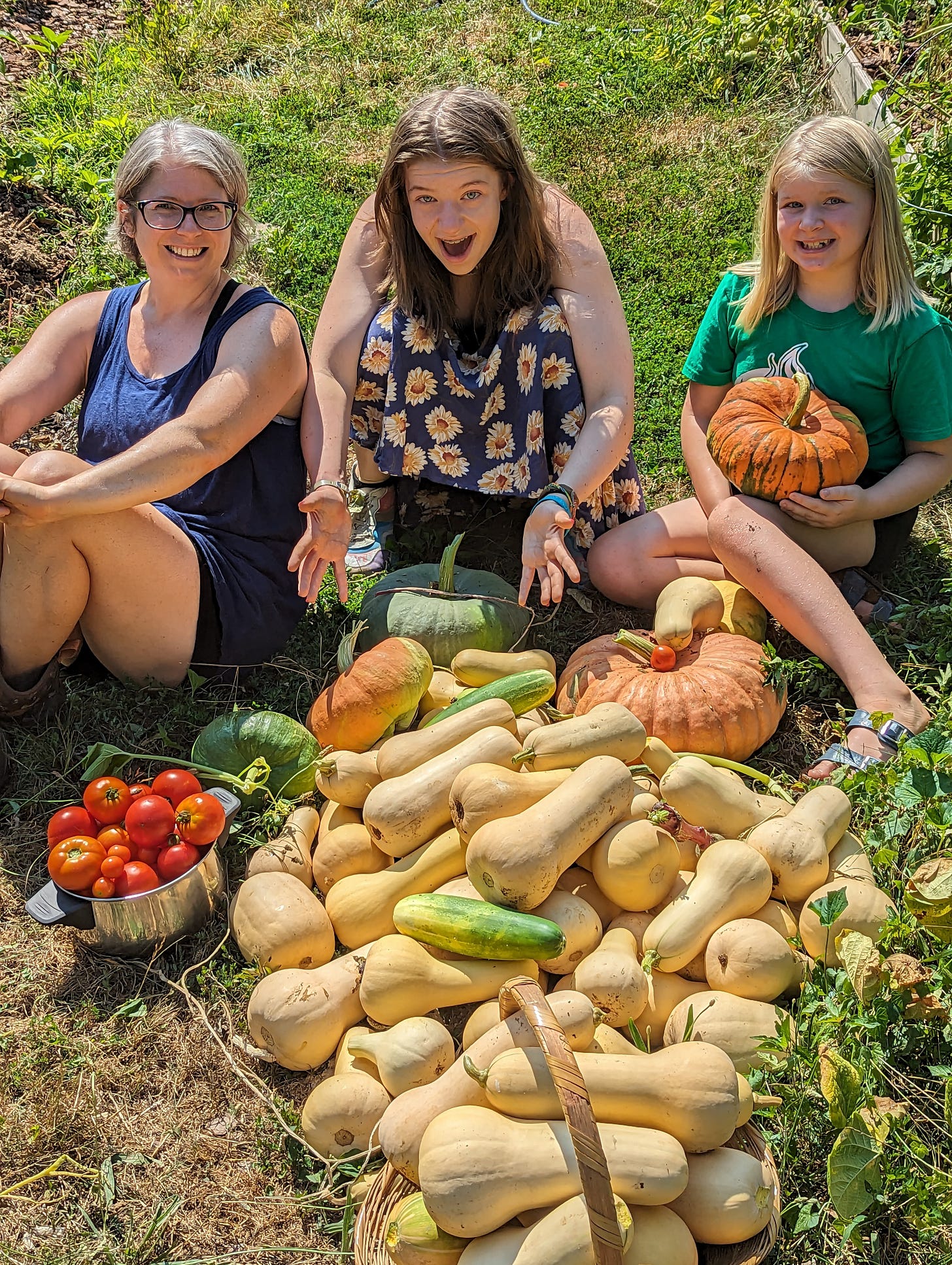
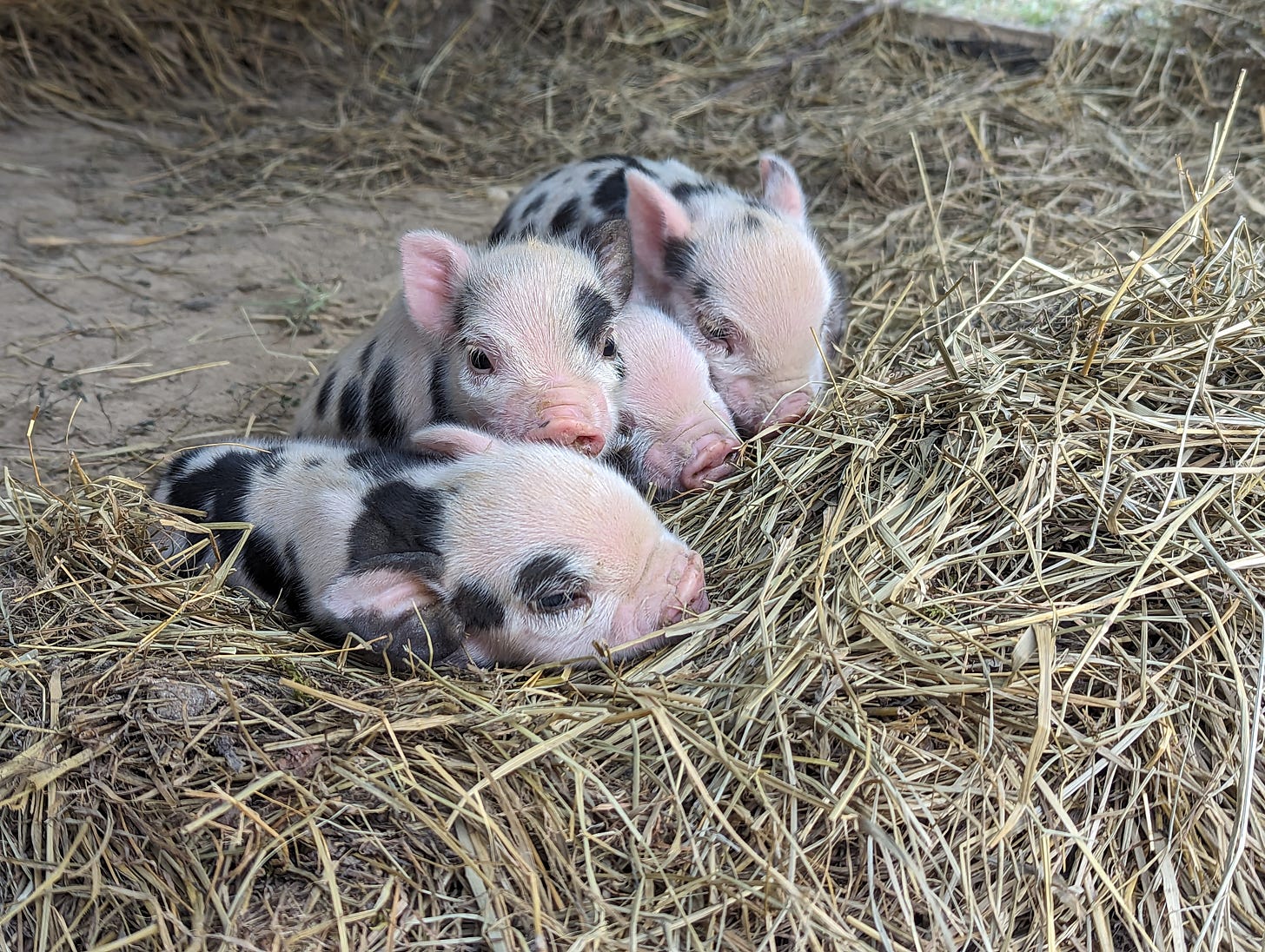

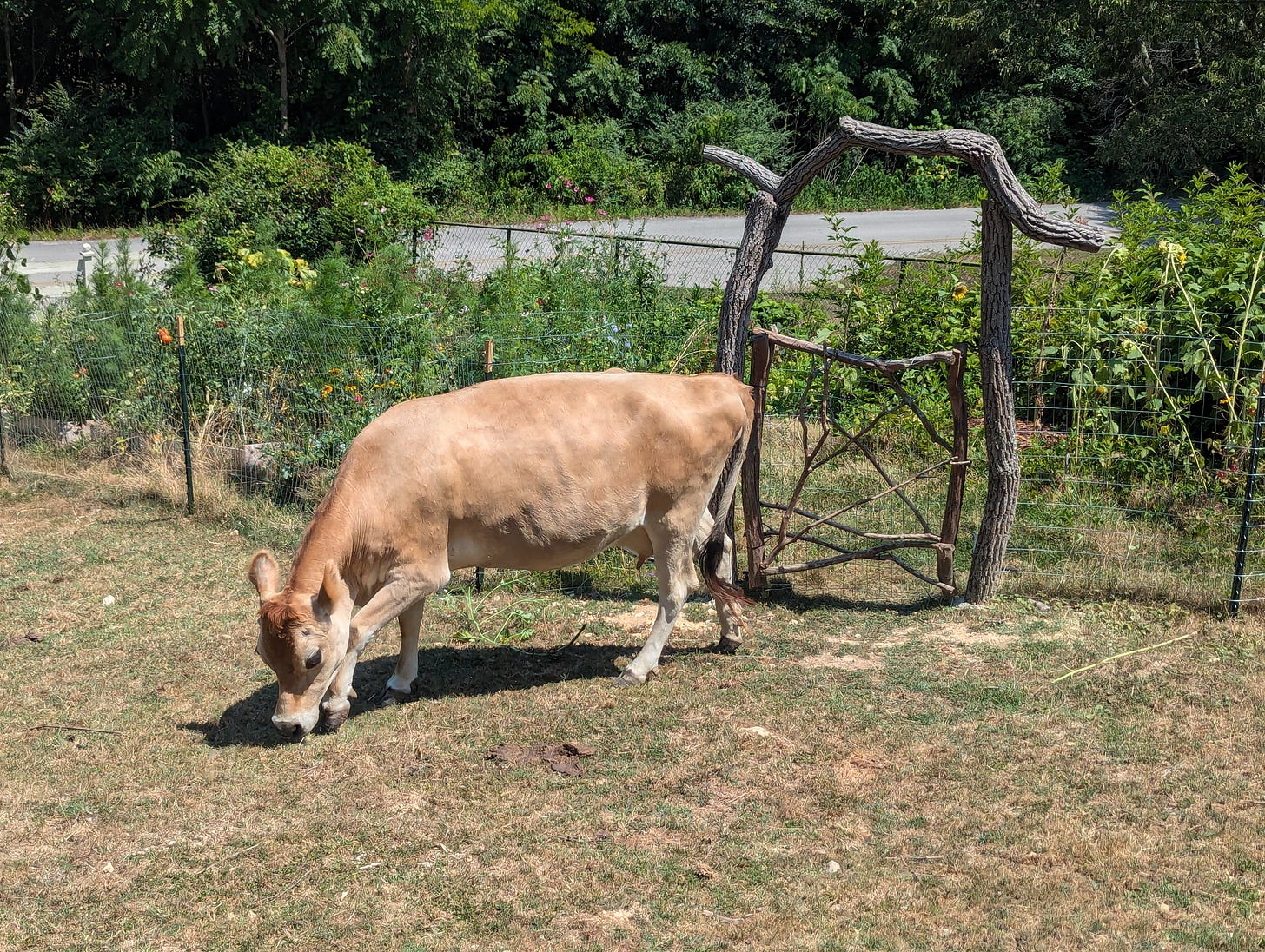
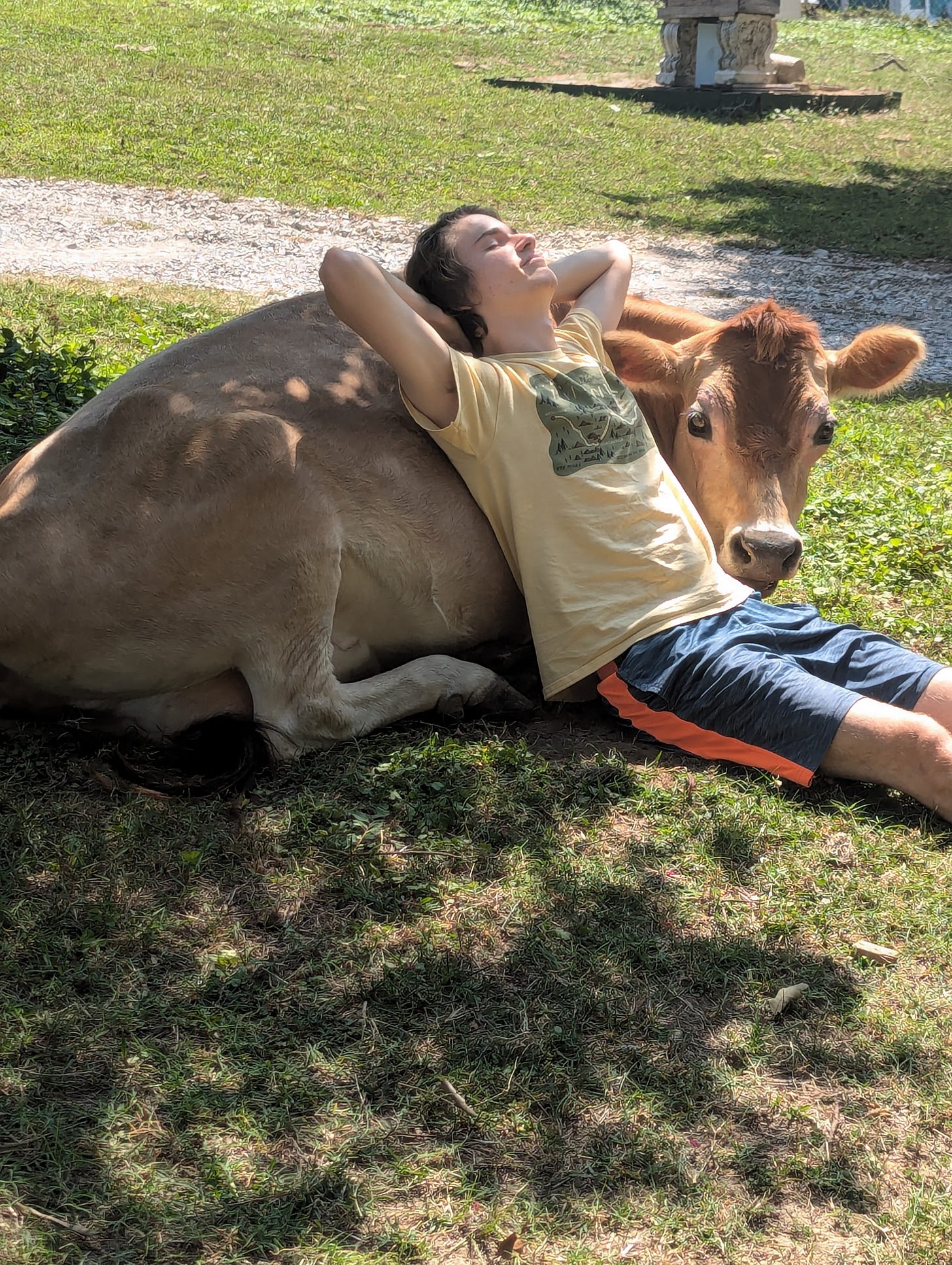
Great work!!
Great photo of the cow-ch with Elijah! Thank you for reminding me that the Lord is our anchor.